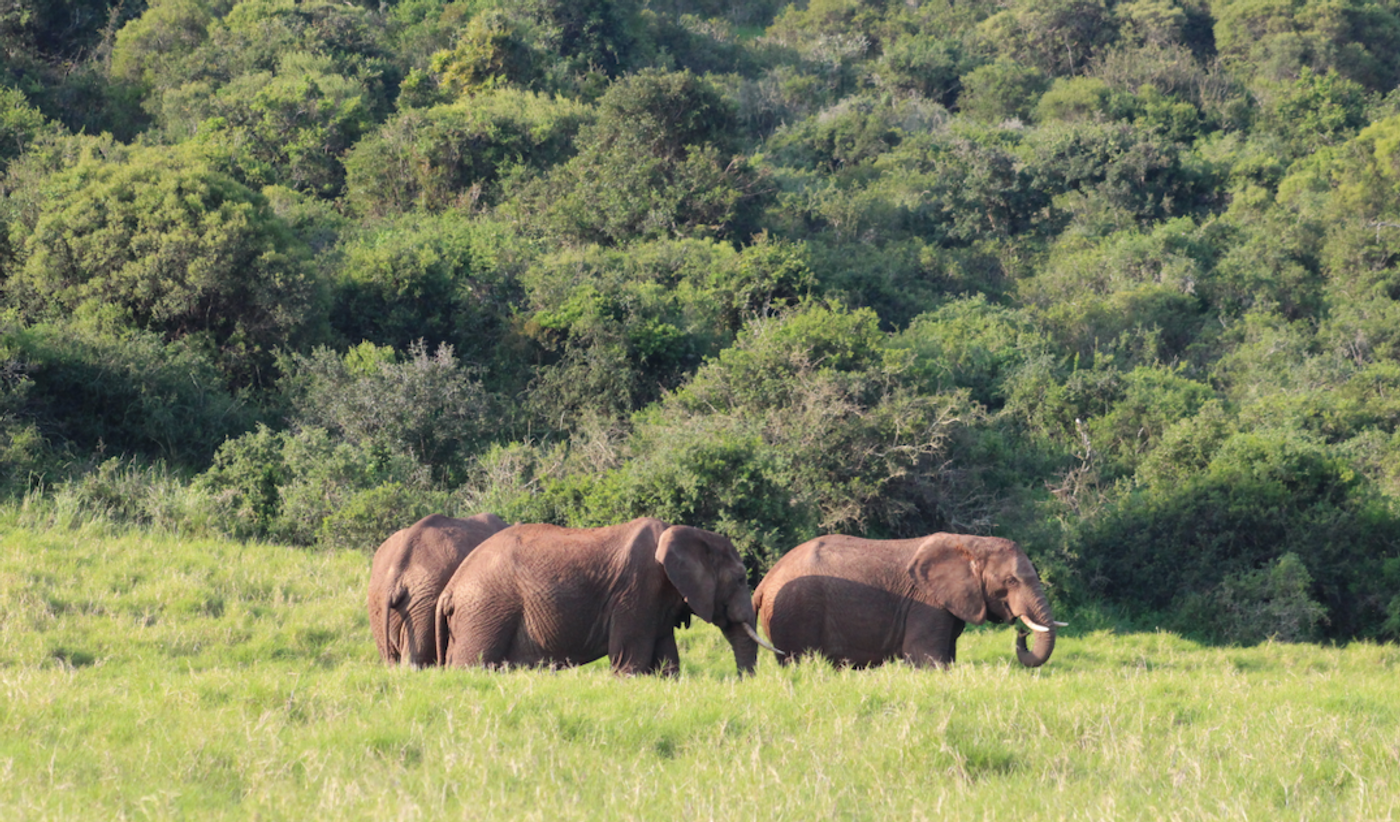The Major Impact of Megafauna
Earth once hosted many massive creatures called megafauna; they are technically defined as animals with mature body weights that exceed 44 kilograms (97 pounds). Megaherbivores, on the other hand, are mammals that only eat plants and weigh over 1000 kg (2204 lbs). While there were dinosaurs that fit in this category, others came along later, such as giant camels, mammoths, and giant sloths. Some still exist, such as elephants and hippopotamuses.
A wave of extinctions eliminated many megaherbivores at a time that aligns with the expansion of humans into new regions, and recent research has shown that the extinctions were driven by humans. Most of the animals that survived, like rhinoceroses, are still under threat. The ecosystems inhabited by these animals were dramatically affected by their presence and their loss.
A new study has attempted to analyze the affect these animals had on their surroundings. in a meta-analysis, they surveyed almost 300 peer-reviewed studies that included almost 6,000 animal species. This work has shown that there are some general effects that big animals have on their local ecosystems, many of which are likely lost from today's environments. The findings have been reported in Nature Ecology & Evolution.
Large wild herbivores were found to change the nutrient composition of plants and soil, help control the population of other, smaller animals, and importantly, they boost vegetation structures that are open or partially open. The research suggested that variation in vegetation growth helps promote diversity in ecosystems, a healthy feature.
“The positive impact on variability in vegetation structure is particularly noteworthy, given that environmental heterogeneity is known as a universal driver of biodiversity. While our study mostly looked at the impact of megafauna on small scales, our findings suggest that they promote biodiversity even on the landscape level,” said first study author Jonas Trepel, a graduate student at Aarhus University.
These giant animals can trample small pants, eat the large plants, and break down woody plants. The researchers assessed the various influences of animals that weighed 45 kg or 4500 kg. This analysis indicated that when herbivores are larger, they tend to have a positive impact on plant diversity in their area, but ecosystems comprised mostly of species under 100 kg tend to decrease the diversity of local plant life.
“Large herbivores can eat lower-quality food such as branches and stems, which may result in proportionally greater impacts on dominant plant species and thus give less competitive plants better odds in their struggle for sunlight and space,” said co-corresponding study author Erick Lundgren of Aarhus University.
“These findings support the expectation that many small herbivores cannot fully compensate for the loss of a few large ones," added study co-author Elizabeth le Roux, an assistant professor at Aarhus.
The loss of wild megafauna from most of the planet might also translate to the loss of important functions in the ecosystem, and may be worth considering when restoration plans are being made for an area. “So even areas we consider to be pristine ecosystems are probably not as natural as we may think," Trepel suggested.
The researchers also stressed that it's important to protect the few megafauna that remain. "Reintroducing large animals could be a key avenue to make these areas a bit more dynamic and used to disturbances,” Trepel added.
Several years ago, a company announced that they had raised the funds to attempt to bring wooly mammoths back from extinction. They claim it could happen by 2027. Some scientists have suggested that these animals could be beneficial to areas like the Arctic, and may help us deal with climate change. Ethicists have taken issue with the proposal, however. One problem is that we do not know whether revived animals could or would behave as their predecessors did. Another issue is that since we are still driving the extinction of many species, we might want to learn how to take care of what is still on the planet before reintroducing extinct animals.
Sources: Aarhus University, Nature Ecology & Evolution









